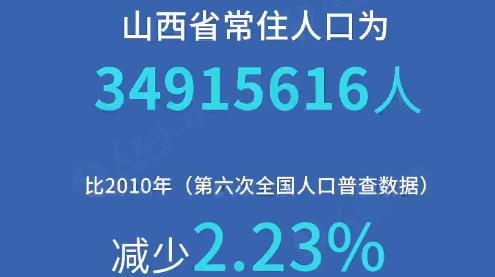
Akonga Jonas Theodore
In 2016, Taigu looked like a small town which one would visit to see traces of ancient China's glorious past. The district of Jinzhong city recently had its destiny changed by good governance. It now attracts many tourists thanks to several tourist sites that have opened and its location which is not far from Taiyuan, the capital of Shanxi province.
The growth of this district is felt by the local population who never stopped dreaming of its development. Soon, Taigu will be a city in its own right. By separating from Jinzhong, local authorities have made it possible to renew its urban approach, which offers a new framework for the fast changes that cities can experience today.
Taigu is developing at an exponential rate. From the high-speed train station to Shanxi Agricultural University, the roads, alleys and avenues are lined with modern houses. In the city, there are gatherings where every evening the residents perform dances. It is part of their culture and contributes to their health.
The development of Taigu, according to new perspectives of the cities, falls within the emergence of universal culture. This achievement is defined by a government policy anchored in the culture of the land. In this city, electricity, water supply, public transport, telecommunications, supermarkets, hospitals and health centers are meeting modernity. This is particularly Chinese.
As an artist and art teacher, my reading of Taigu is based upon the impressions of the few sites I have visited. The architectural revolution in this city is what the old city preserved. It is an inspiration for artists, painters and writers.
The urban revolution in Taigu is the realization of a pilot project that engages in multilateral and multi-sectorial cooperation. In principle, it is necessary to promote foreign expertise and to engage in real substantive debates with actors in various platforms: political, academic and scientific.
The ancient city in Taigu, as a tourist attraction site, is in fact the place that can accommodate art students during excursions organized by universities. The good life in a beautiful city is felt and lived in this part of China.
Everywhere in China, when it comes to development, what is emphasized are human conditions. Having lived in Shanxi for over three years, my Chinese experience has grown tremendously.
The writer is a teacher from the Democratic Republic of Congo working at Taigu Erzhong Qihang Middle School.
By AKONGA JONAS THEODORE
 山西路橋:黨建引領 建好“四好農村路”山西路橋建設集團黨委扎實開展“黨建質量提升年”,實施“六大工程”,立足“十四五”高質量、高速度、高效益發展的戰略基點,全面提高黨建質量和黨建引領發展水平,為打造“國內一流的交通基礎設施投資、建設、施工現代化企業集團”提供堅強政治保障。
山西路橋:黨建引領 建好“四好農村路”山西路橋建設集團黨委扎實開展“黨建質量提升年”,實施“六大工程”,立足“十四五”高質量、高速度、高效益發展的戰略基點,全面提高黨建質量和黨建引領發展水平,為打造“國內一流的交通基礎設施投資、建設、施工現代化企業集團”提供堅強政治保障。
 常住人口3491萬 山西人口普查數據"出爐"山西省統計局向社會通報山西省第七次全國人口普查主要數據。數據顯示,山西省常住人口為34915616人,比2010年(第六次全國人口普查數據,下同)減少2.23%,年平均減少0.23%。山西省常住人口總量減少,主要受人口流動變化等因素影響。
常住人口3491萬 山西人口普查數據"出爐"山西省統計局向社會通報山西省第七次全國人口普查主要數據。數據顯示,山西省常住人口為34915616人,比2010年(第六次全國人口普查數據,下同)減少2.23%,年平均減少0.23%。山西省常住人口總量減少,主要受人口流動變化等因素影響。